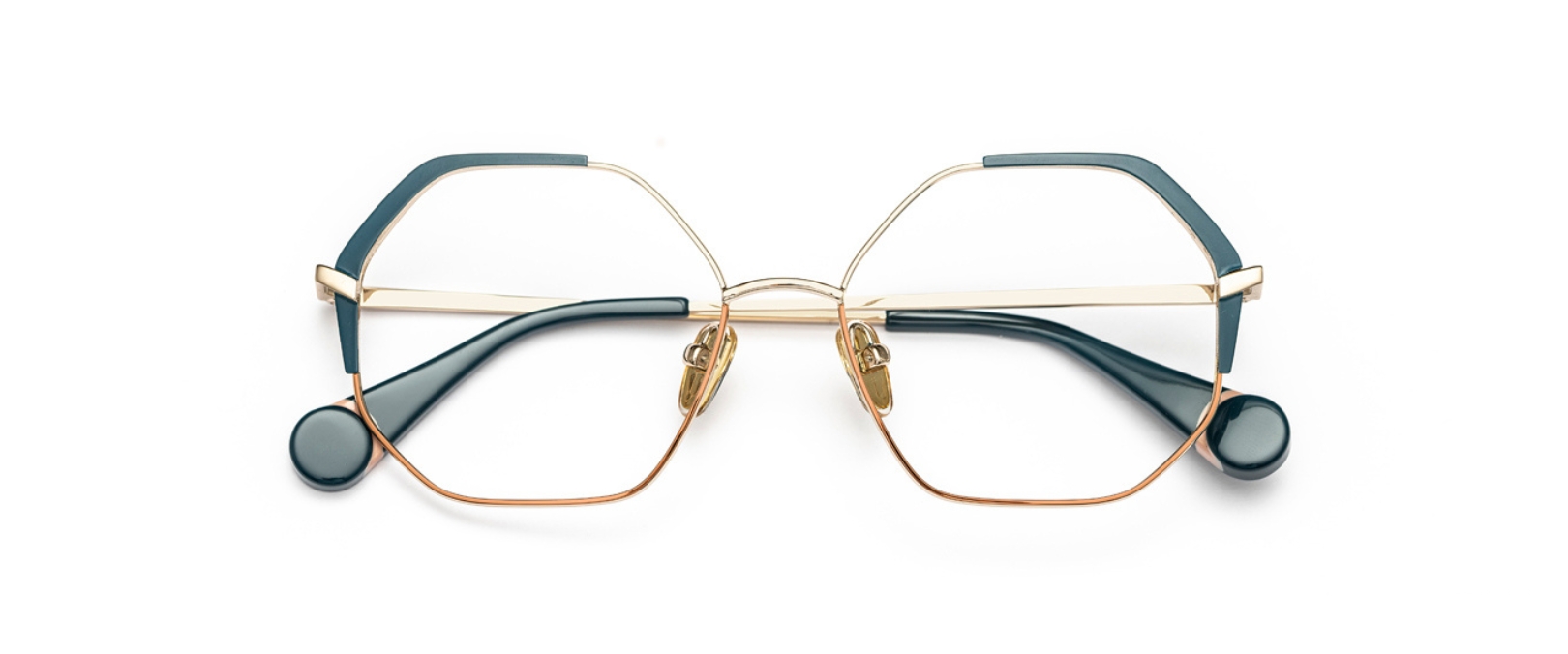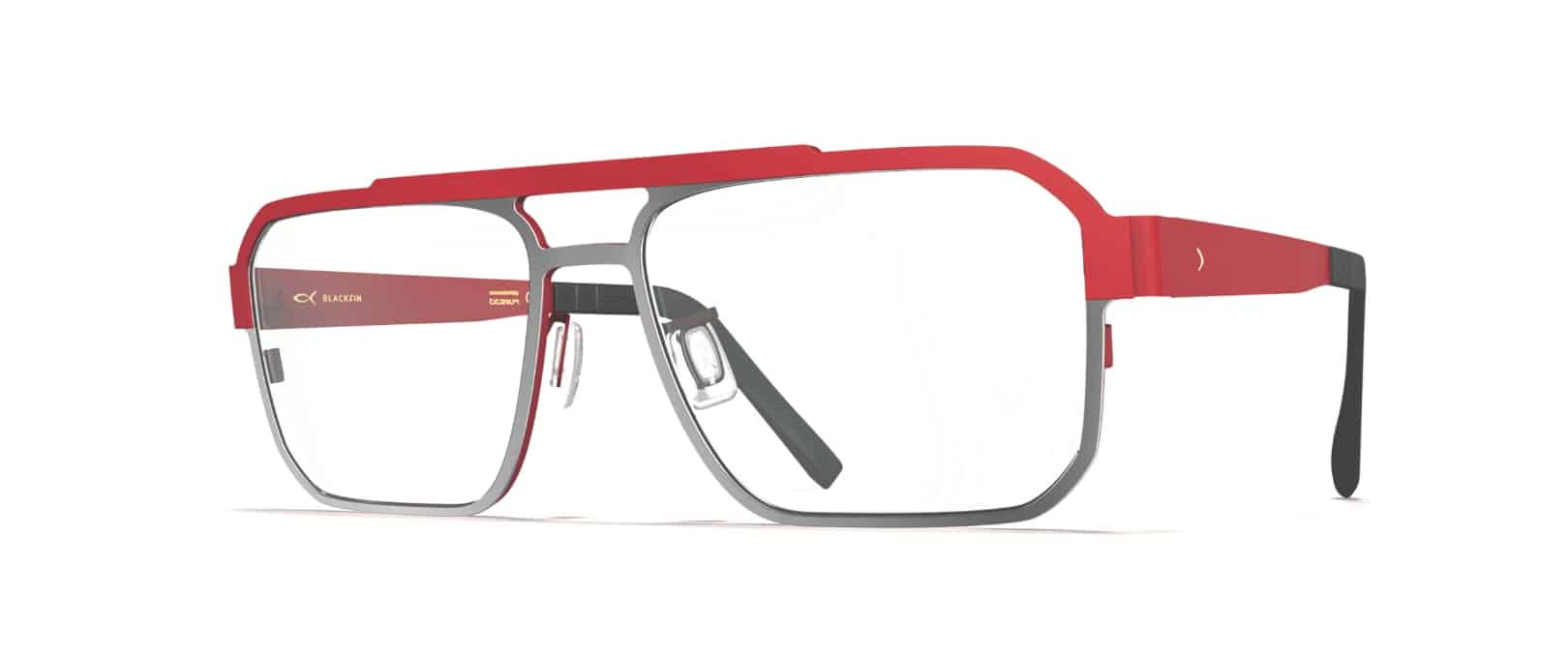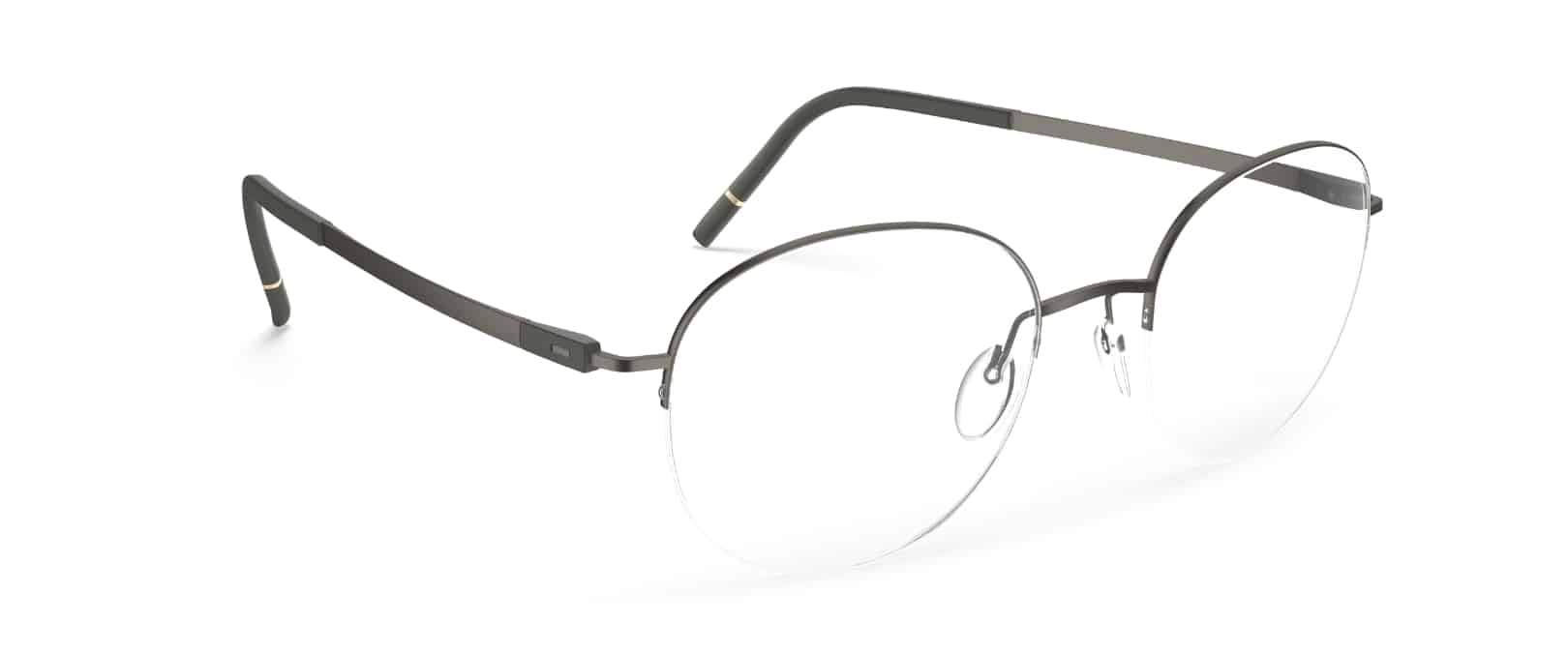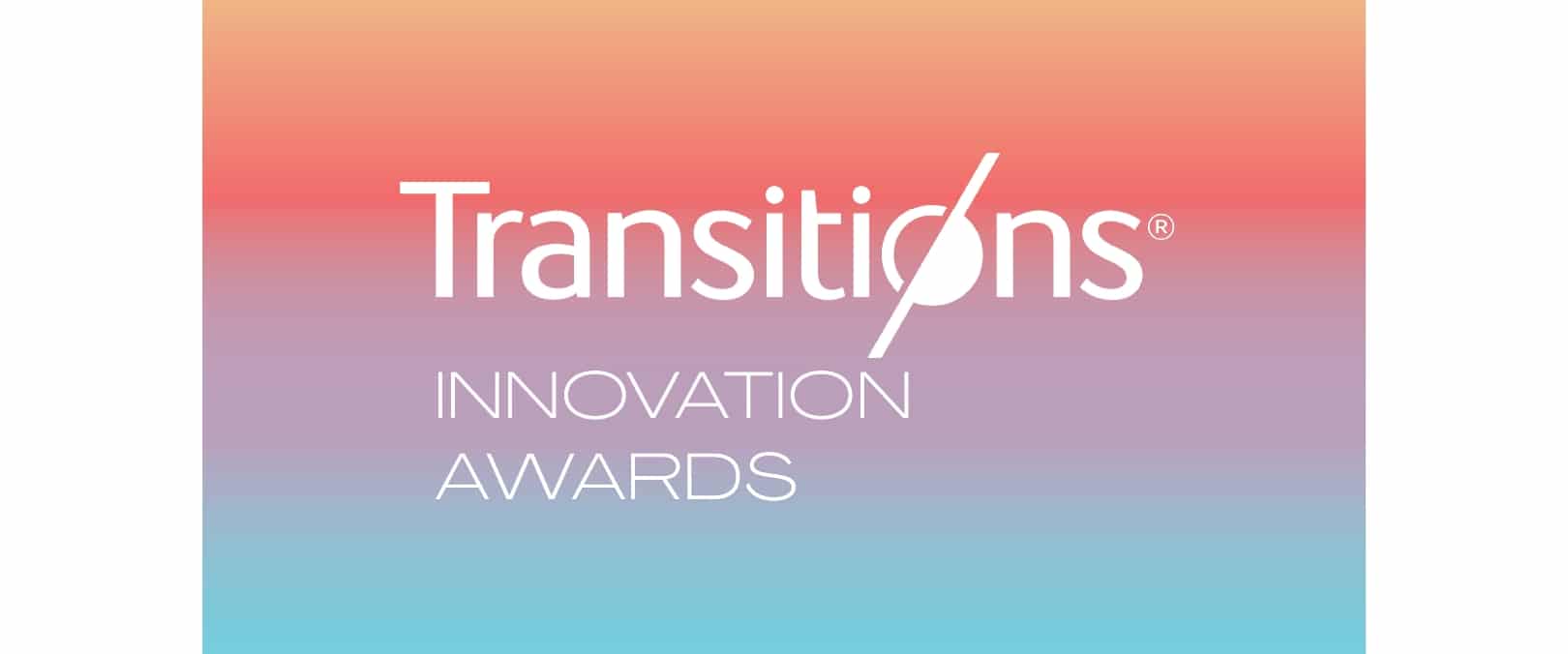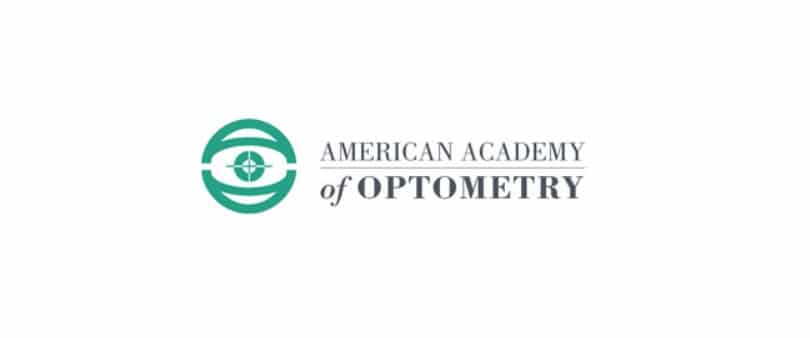By Dr. Trevor Miranda, OD
Canada is an intricate textured tapestry of different cultures. Each patient is unique and presents with different preferences and lifestyle choices. In today’s optometry world (and all healthcare in general) it is important to make every patient feel welcome and included.
I was born in a small town in Ontario, Canada to immigrant parents (from Goa, a Portuguese colony now part of India). My hometown was predominantly of homogeneous Caucasian descent and my darker skin stood out as an obvious difference from others in the community. “Where are you from?” would be standard line from people that had just met me, implying that I was from another part of the world given the physically obvious differences. “I’m from Canada and my parents are from Goa!” I would proudly state. I was aware of my ethnic heritage that came with mainly culinary differences from my peers, but I identified as Canadian just like they did. The implication here is that you get to choose your “tribe” and group that you identify with. While it is easy to be prejudicial given the “look” of someone, they may not identify themselves as part of the stereotype.
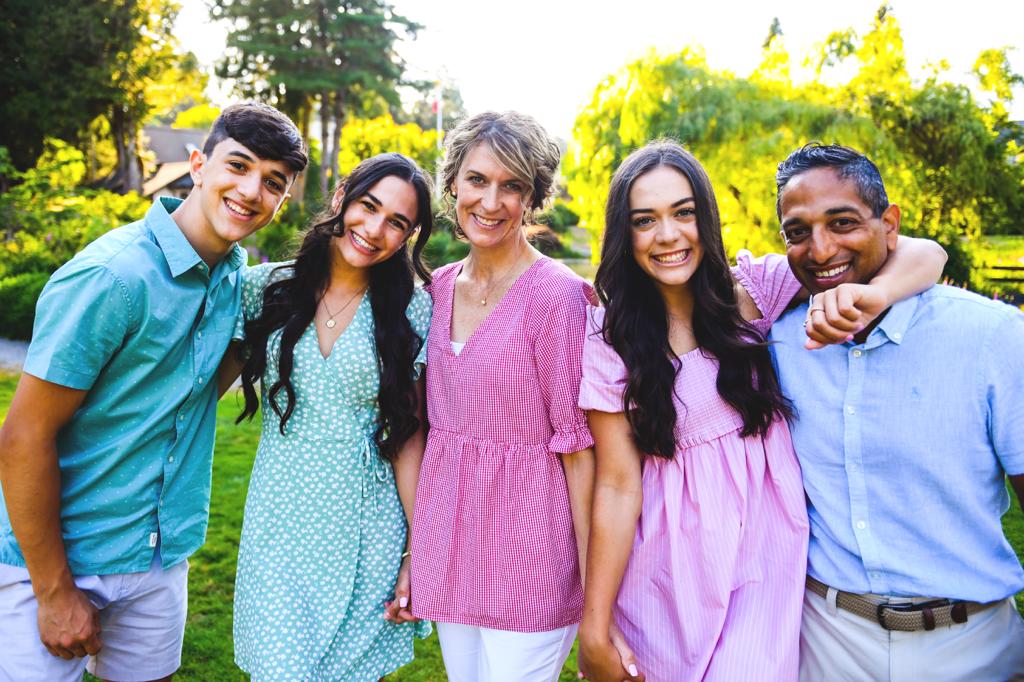
In our Optometry offices, we are working towards understanding diversity and being as welcoming and inclusive as possible. I feel it is totally fair game to inquire about somebody’s ethnicity. It is better to ask than to presume. Questions like “What’s your family background?” “Have you lived locally very long?” are acceptable when it comes from a place of inclusiveness. It is helpful as an eye doctor to understand family heritage as some ethnicities are predisposed to certain ocular diseases. Allowing for these inquiry conversations is an important part of “case history” and allows better investigations into potential threats to the patient’s vision.
Gender Identifications
During our online “Intake” process we allow patients to select their gender. We do not presume gender. We ask every patient what their preferred name is and use that name instead of “Mr. and Mrs.” We have done away with “men’s and ladies” frame sections and have used consultative questioning to elicit the patient’s style preferences. Learning more about the patient to better assist them with their frame choices is well received. Presuming gender may lead to hurt feelings and the patient feeling our doctors and clinic are “out of touch”. Being a clinic that is friendly and welcoming to everyone will earn a reputation for kindness and professionalism and also referrals.
Frame Choices for Everyone
It is important to have an eyewear gallery that has frames that suit the patient’s style choices as well as their face shapes. Certain sized frames and nose bridges are required for a frame to adequately fit some patients, so a deep selection is important. Eco-friendly frames, Indigenous created frames and brightly coloured frames are all part of a good selection that is inclusive and relatable to all our patients.
Ageism
As I become more “experienced” as a practitioner (28 years in practice as an optometrist), I have met so many amazing senior aged patients. Every day I am impressed and in awe of my senior patients. Many display a much younger spirit and ability than younger patients. I tell patients that it is my goal to have their good vision outlive them. It is absolutely possible to have 20/20 vision or “perfect” eyes and be 100. I have learned not to prejudge a patient based on their age. I certainly don’t want to be prejudged when I am a spry senior. Be understanding and kind and allow all elderly patients the opportunity to do tests that they can manage including visual fields testing for glaucoma. New technology such as head mounted testing devices will also assist those with limited mobility and posture constraints.
Training for the Team
Our team meets every week to discuss ways we can improve and learn. We survey every patient after their full exam and relay any patient recommendations for improvement to the entire team. If there were any less-than-ideal interactions, we learn how we could handle them better next time and contemplate strategies for service recovery.
Society is changing and so must we. The golden rule used to be “treat people how you would like to be treated”. We feel that is now archaic and the new platinum rule should be “treat people how they would like to be treated!”.
To read Dr. Miranda’s article on Optik magazine, click HERE.



